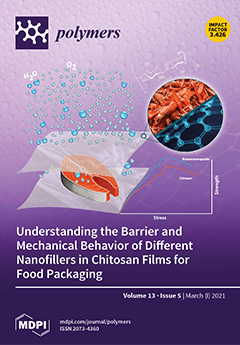Currently, the availability of a wide variety of universal adhesives makes it difficult for clinicians to choose the correct system for specific bonding situations to dentin substrate. This study aimed to determine whether there are any alternative techniques or additional strategies available to enhance the bond strength of universal adhesives to dentin through a systematic review and meta-analysis. Two reviewers executed a literature search up to September 2020 in four electronic databases: PubMed, ISI Web of Science, Scopus, and EMBASE. Only in vitro studies that reported the dentin bond strength of universal adhesives using additional strategies were included. An analysis was carried out using Review Manager Software version 5.3.5 (The Nordic Cochrane Centre, The Cochrane Collaboration, Copenhagen, Denmark). The methodological quality of each in vitro study was assessed according to the parameters of a previous systematic. A total of 5671 potentially relevant studies were identified. After title and abstract examination, 74 studies remained in systematic review. From these, a total of 61 studies were included in the meta-analysis. The bond strength of universal adhesives to dentin was improved by the use of one of the following techniques: Previous application of matrix metalloproteinases (MMP) inhibitors (
p < 0.001), prolonged application time (
p = 0.007), scrubbing technique (
p < 0.001), selective dentin etching (
p < 0.001), non-atmospheric plasma (
p = 0.01), ethanol-wet bonding (
p < 0.01), prolonged blowing time (
p = 0.02), multiple layer application (
p = 0.005), prolonged curing time (
p = 0.006), and hydrophobic layer coating (
p < 0.001). On the other hand, the use of a shortened application time (
p = 0.006), and dentin desensitizers (
p = 0.01) impaired the bond strength of universal adhesives to dentin. Most of the analyses performed showed a high heterogenicity. The in vitro evidence suggests that the application of universal adhesives using some alternative techniques or additional strategies may be beneficial for improving their bonding performance to dentin. This research received no external funding. Considering that this systematic review was carried out only with in vitro studies, registration was not performed.
Full article






